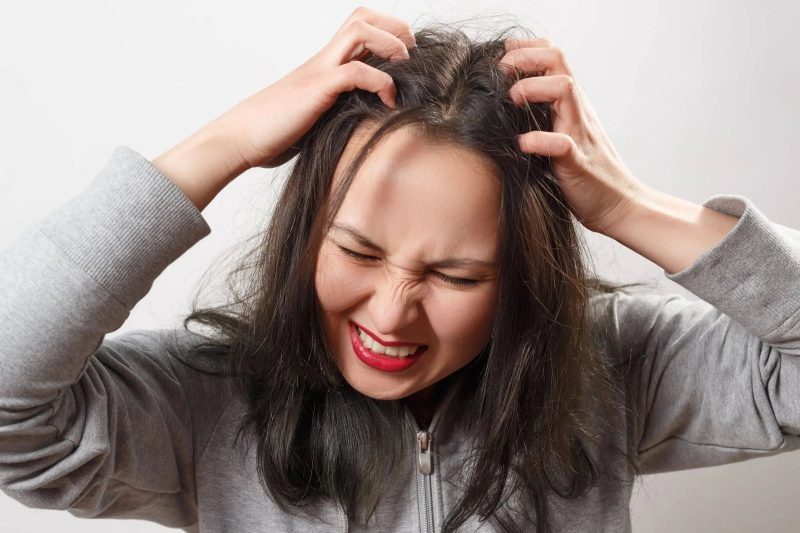Shampooing Frequency for Dry Scalp
Understanding how frequently to shampoo one’s hair can be a perplexing task, especially for those dealing with a dry scalp. Maintaining a balance between keeping the scalp clean and ensuring it stays adequately moisturized is crucial for overall scalp health. Factors like hair type, scalp condition, and lifestyle all come into play when determining the ideal shampooing frequency for individuals with a dry scalp.
Dry scalp can be attributed to various reasons, including harsh weather conditions, improper hair care routine, or underlying medical conditions. While shampooing is essential for cleansing the scalp of dirt, excess oil, and product buildup, over-shampooing can strip the scalp of its natural oils, leading to further dryness and irritation. Finding the right balance is key.
For those with a dry scalp, it is generally recommended to shampoo less frequently compared to individuals with oily scalps. Washing your hair too often can deplete the scalp’s natural oils, exacerbating dryness. Instead, spacing out your hair washing sessions can help retain some of the natural oils produced by the scalp, promoting a healthier environment for hair growth.
A good starting point for those with dry scalps is to shampoo their hair around 1-2 times a week. This frequency allows for sufficient cleansing while also giving the scalp time to replenish its natural oils between washes. However, this can vary depending on the individual’s hair type and lifestyle.
It is essential to choose a gentle, hydrating shampoo formulated specifically for dry scalps. Look for products that are sulfate-free, as sulfates can be harsh and drying on the scalp. Additionally, incorporating a nourishing conditioner or hair mask into your routine can help provide extra moisture to the scalp and hair, further combating dryness.
In between washes, consider using dry shampoo to freshen up your hair without over-shampooing. Dry shampoo can help absorb excess oil at the roots while providing a quick refresh between wash days. Be mindful not to rely too heavily on dry shampoo, as it is not a permanent substitute for regular washing.
Observing how your scalp and hair respond to your current shampooing routine is crucial. If you notice increased dryness, itchiness, or irritation, it may be a sign that you are shampooing too frequently or using products that are too harsh for your scalp. In such cases, adjusting your shampooing frequency and switching to milder, hydrating products can make a significant difference in improving the condition of your scalp.
Ultimately, finding the right shampooing frequency for a dry scalp is a process of trial and error. Pay attention to how your scalp feels and looks after each wash, and make adjustments as needed. By striking a balance between maintaining scalp cleanliness and preserving natural oils, you can effectively manage dry scalp issues and promote healthier hair growth.

